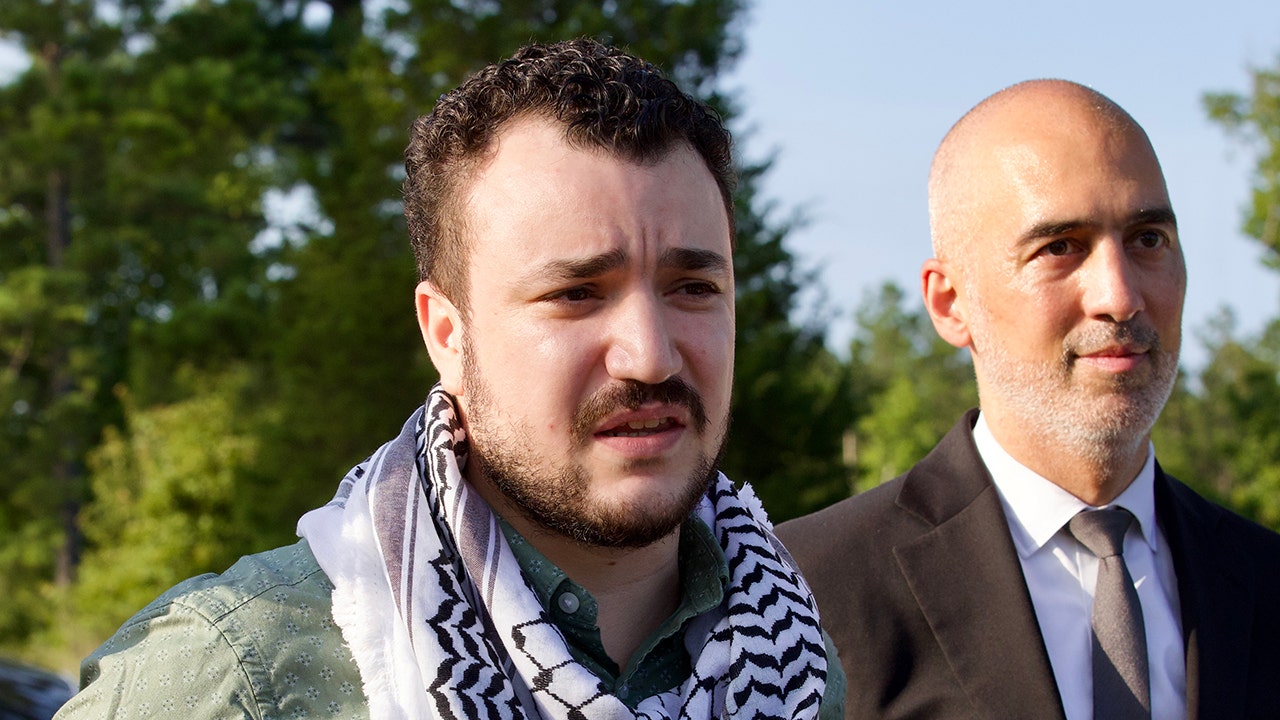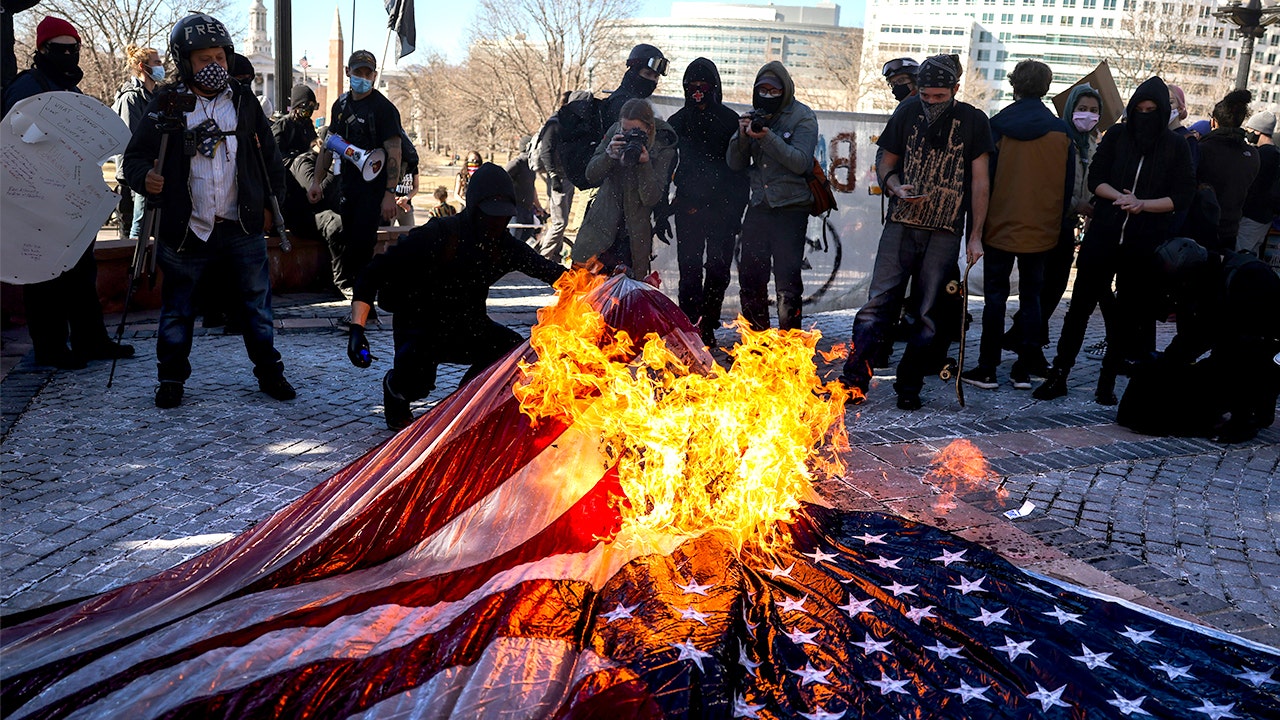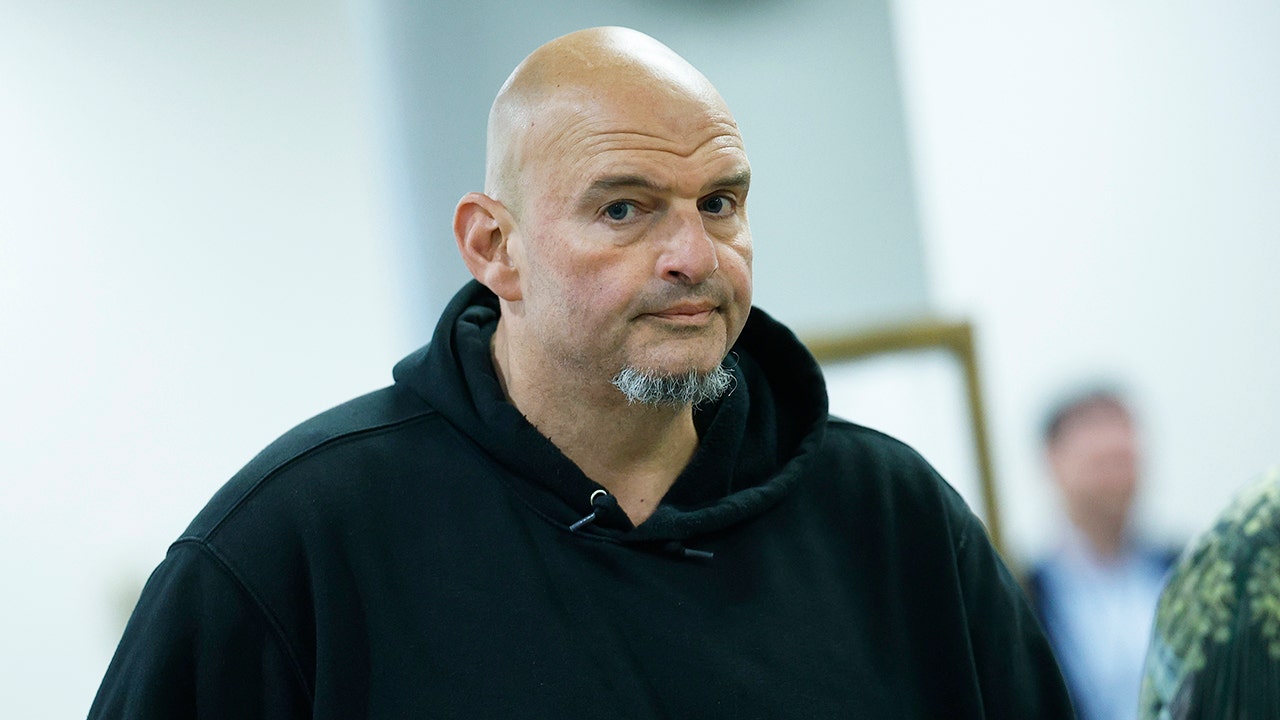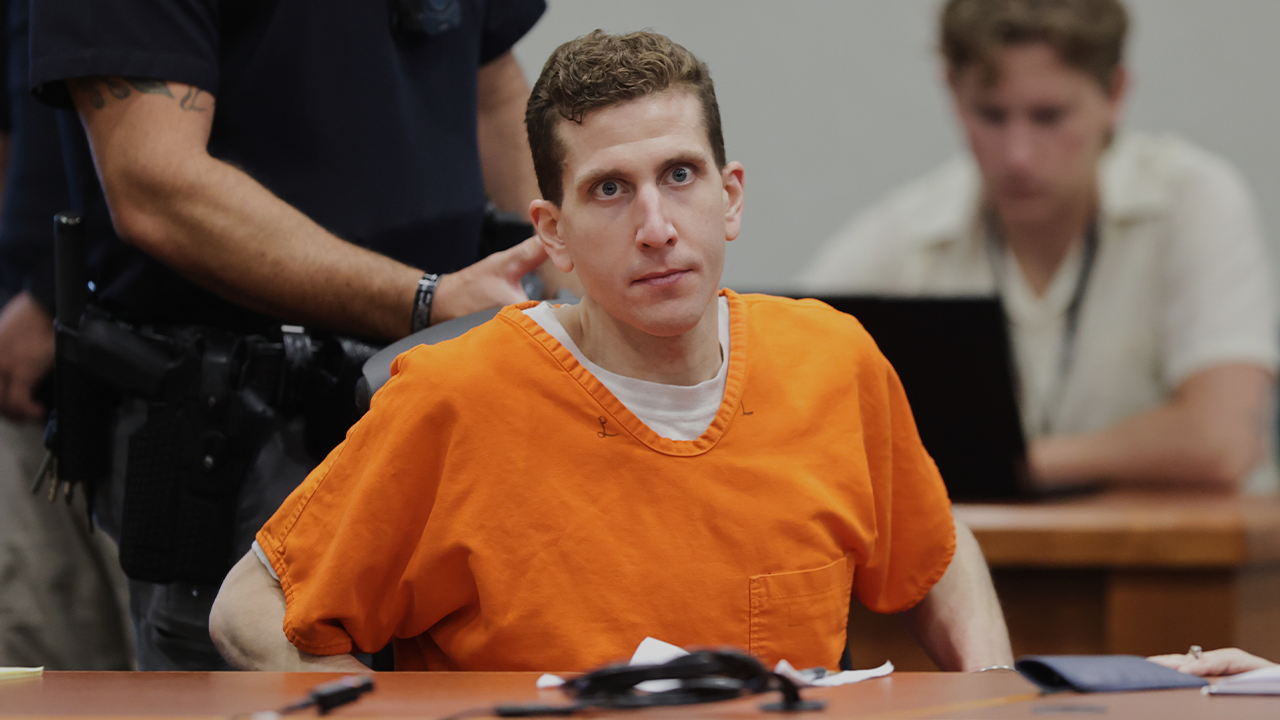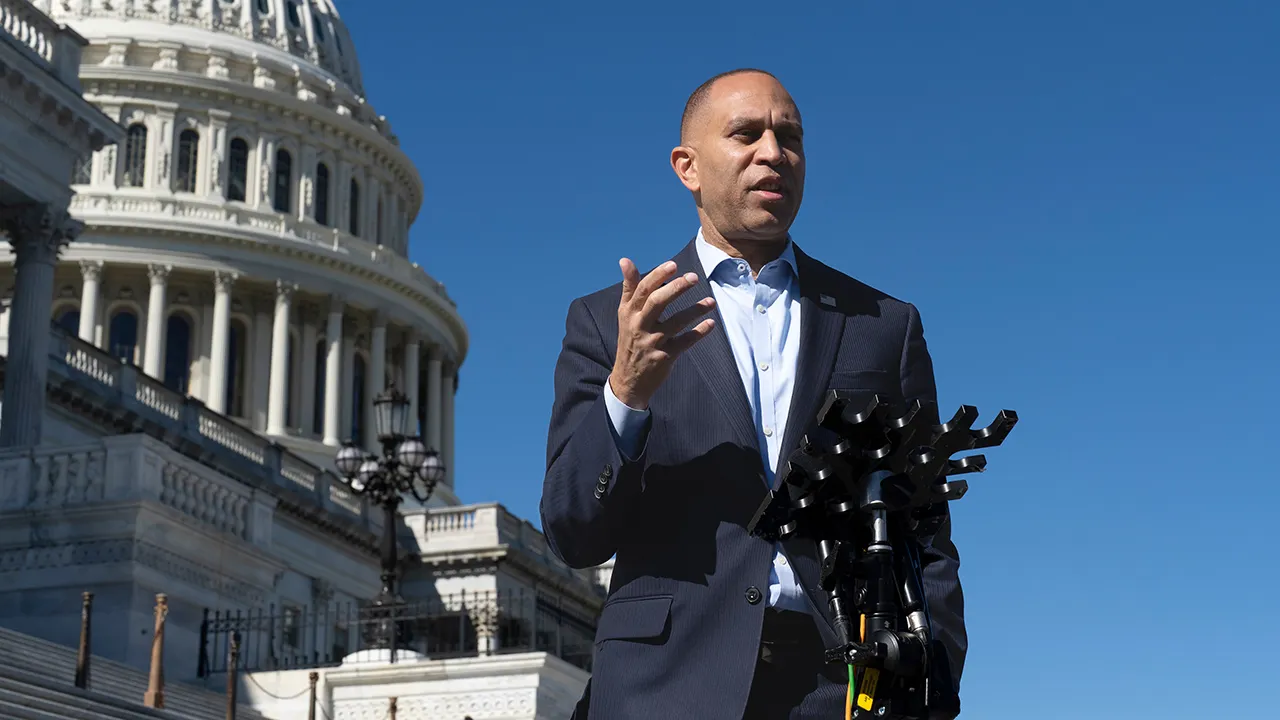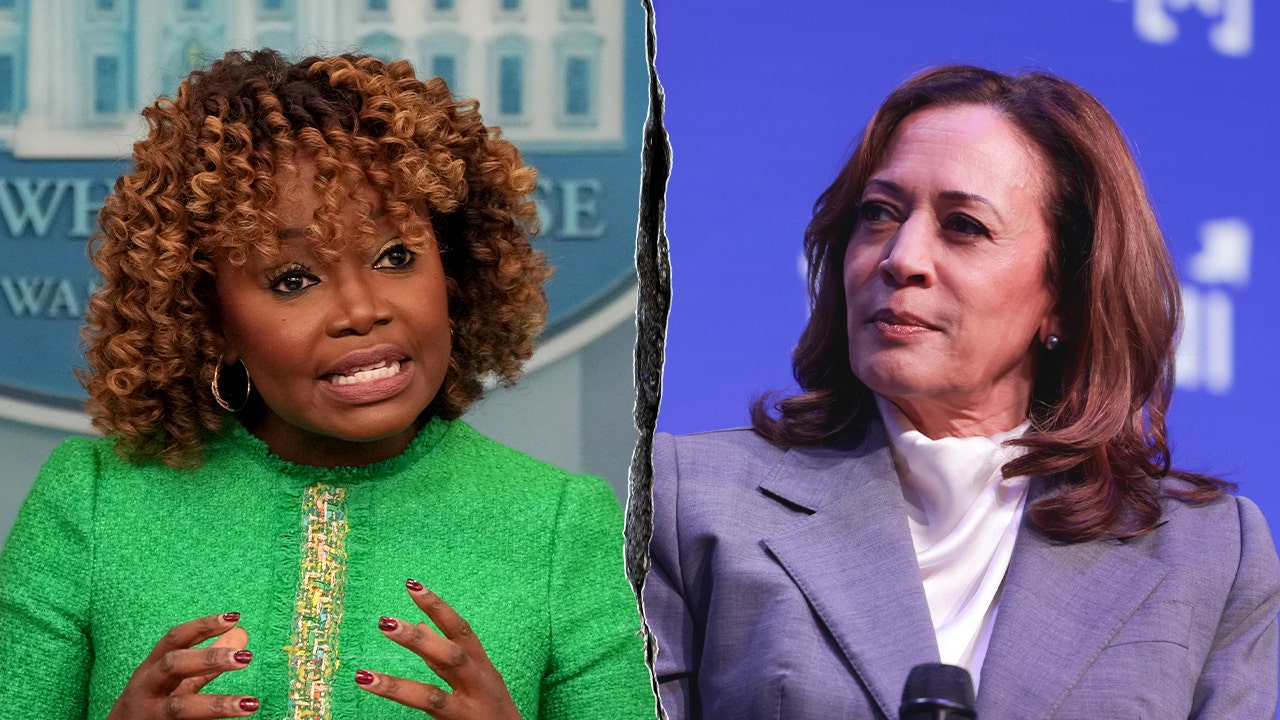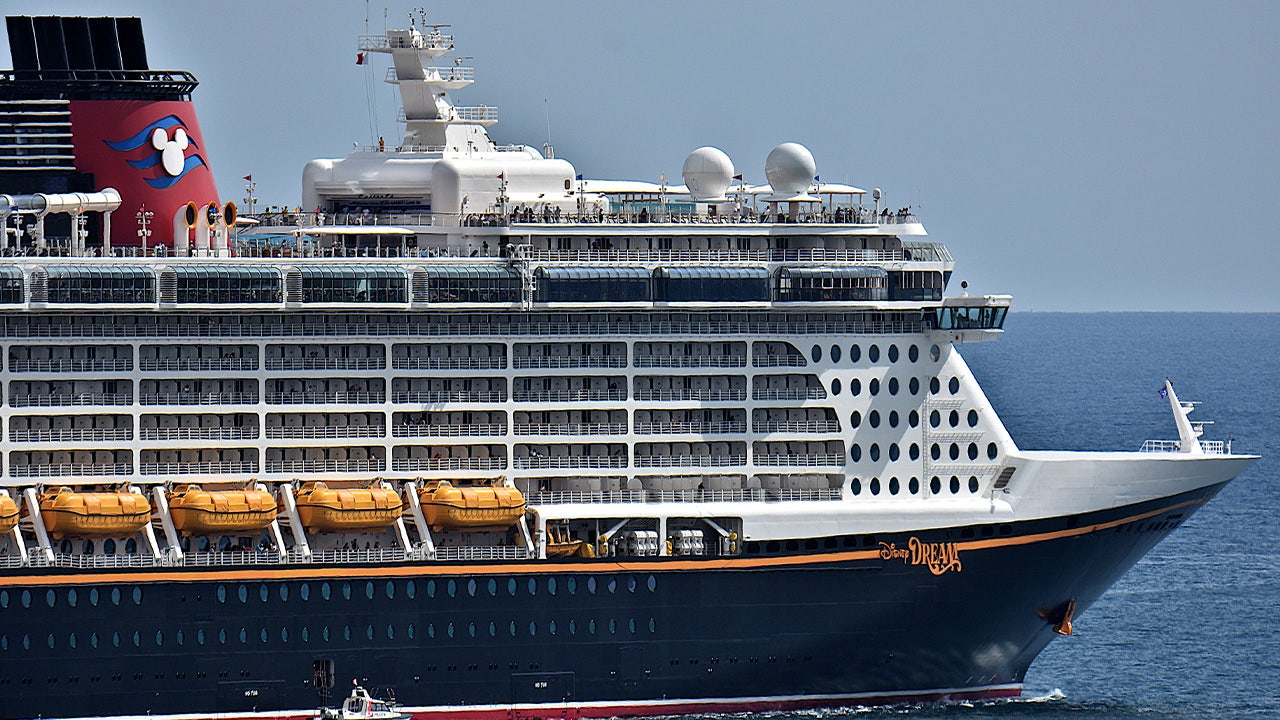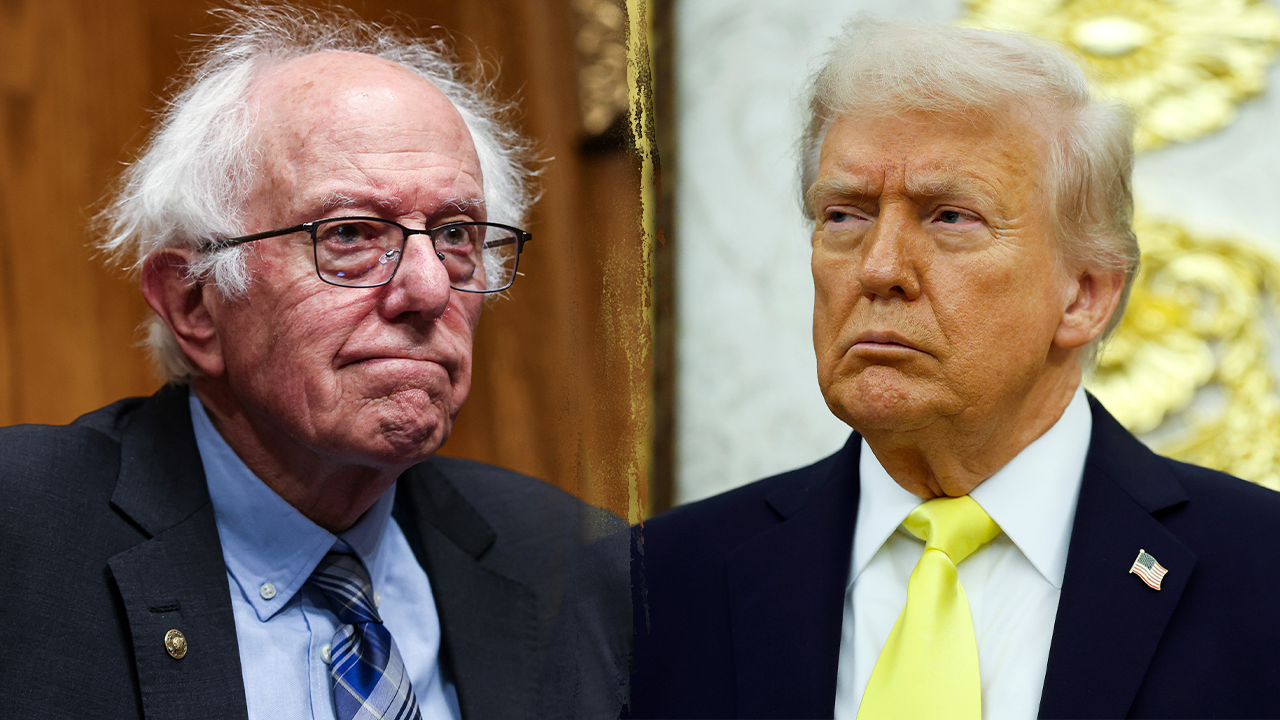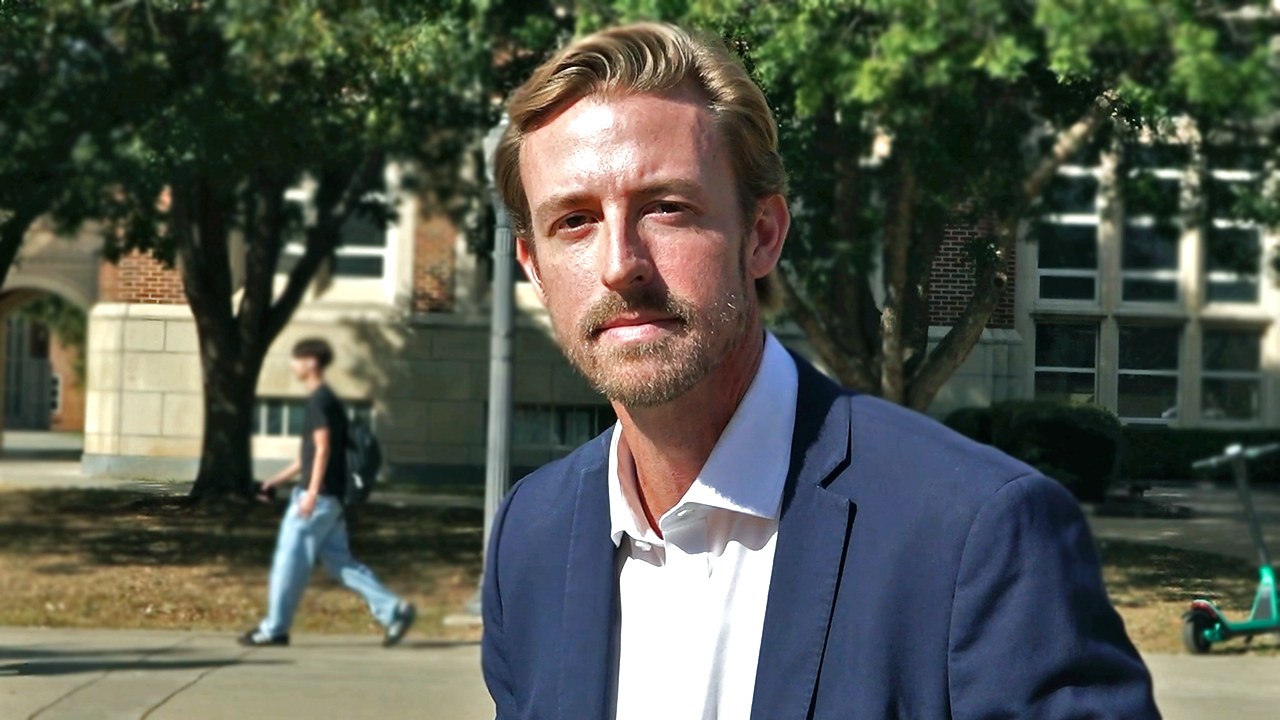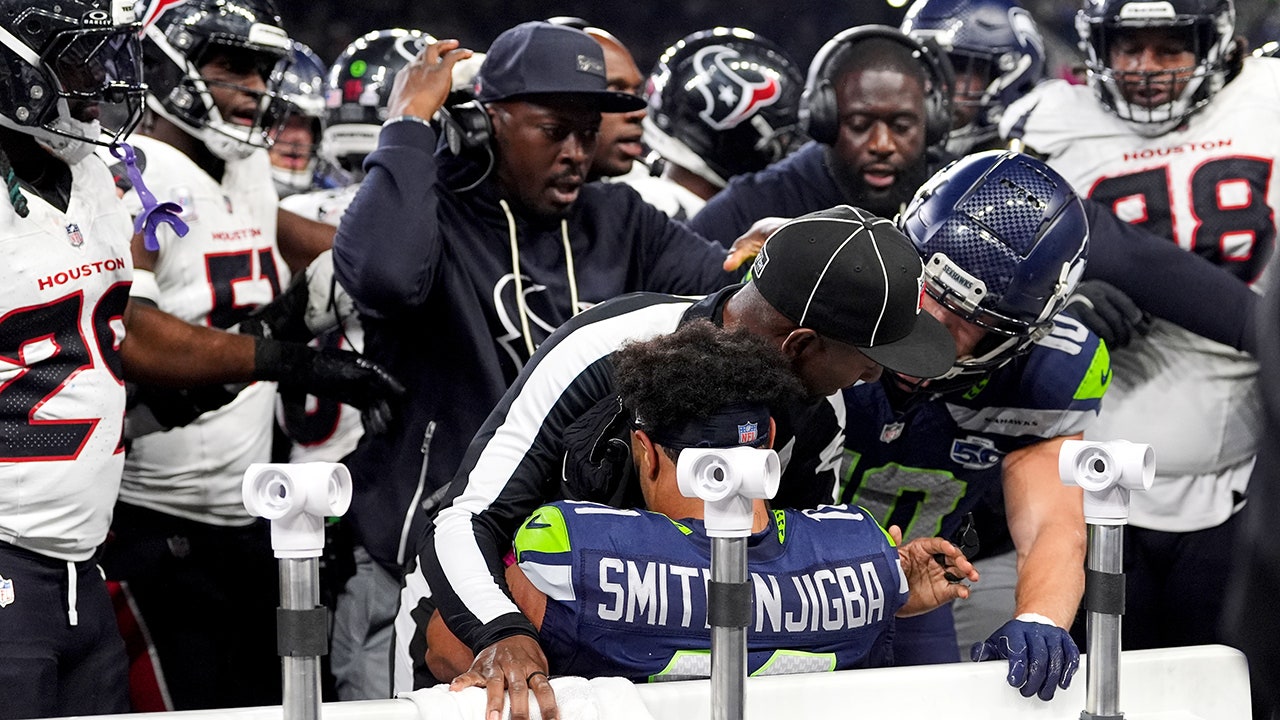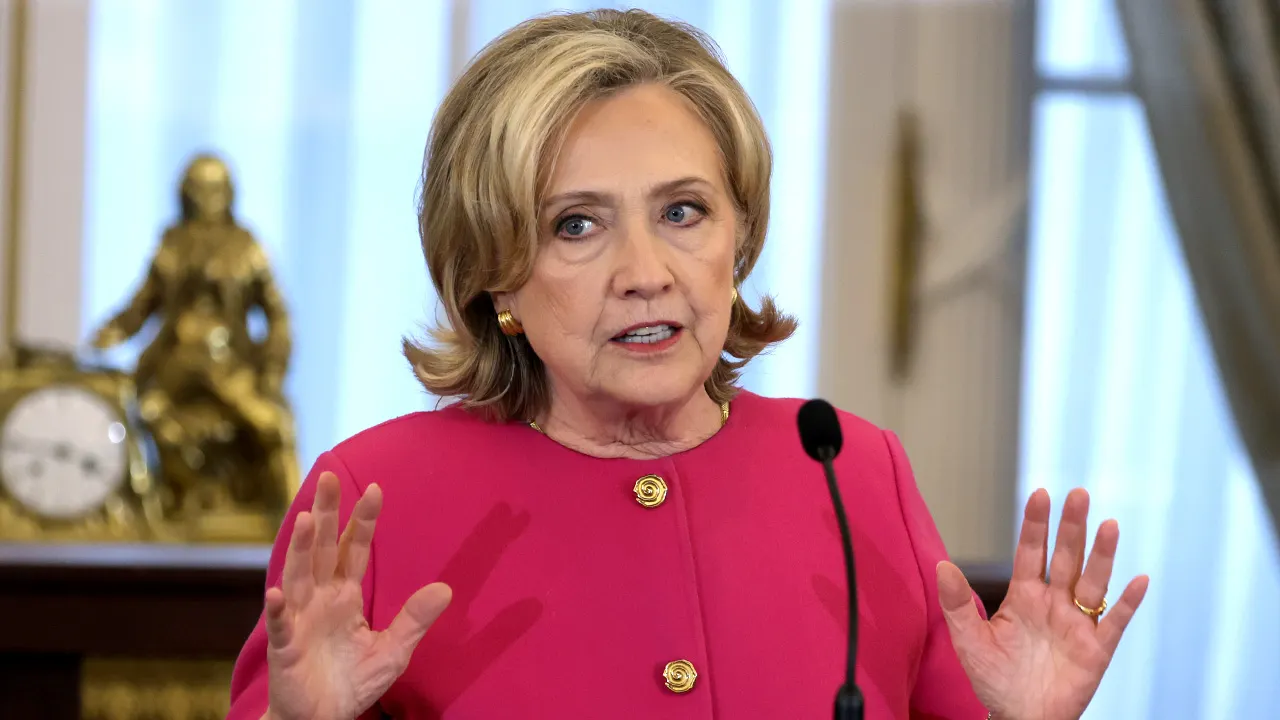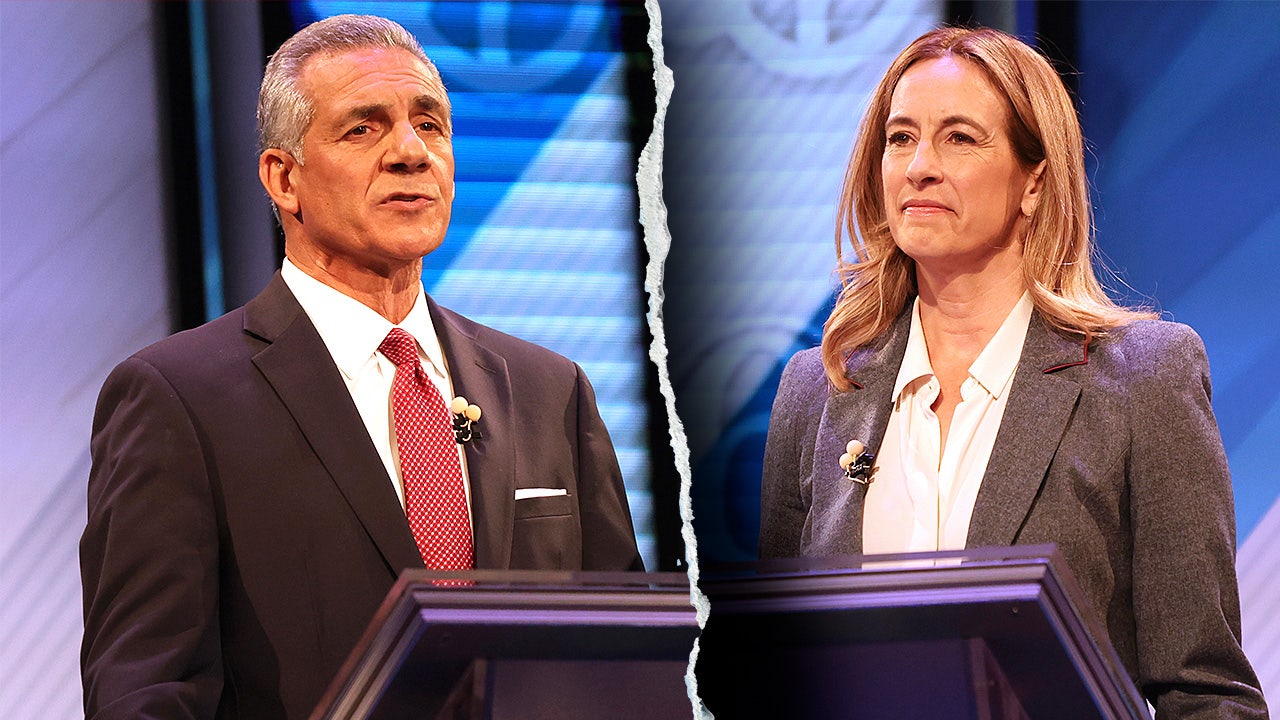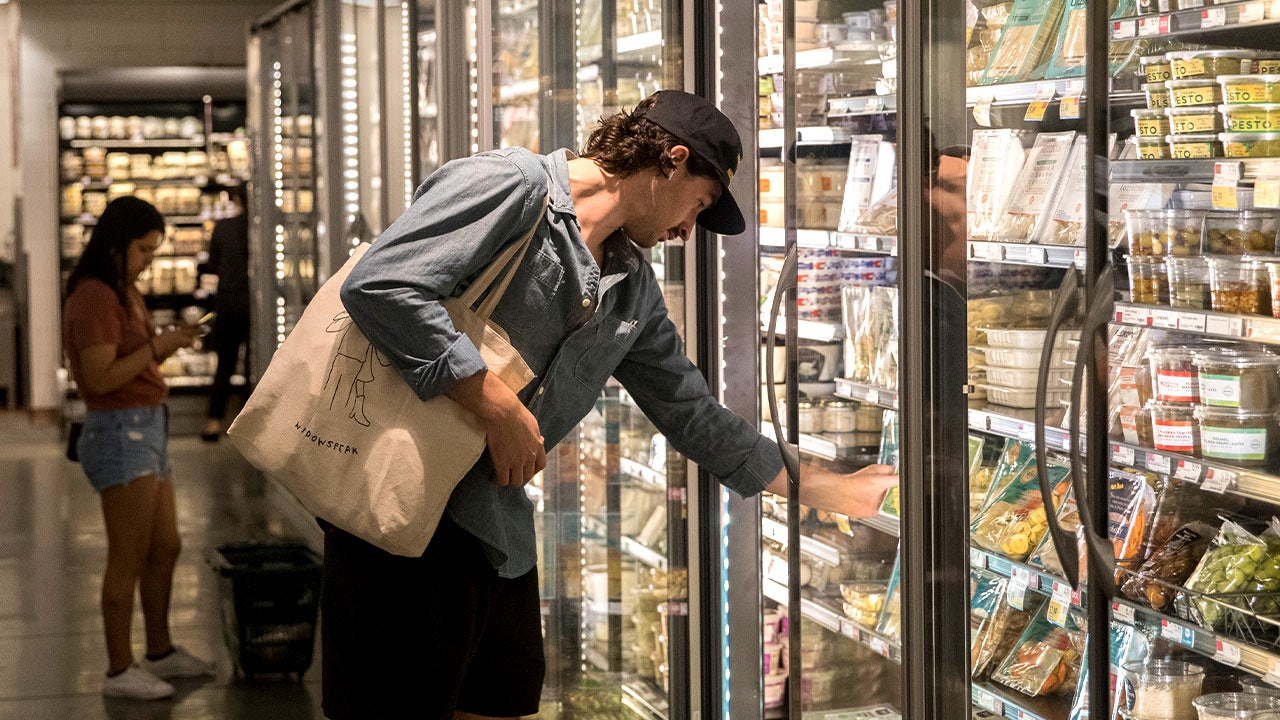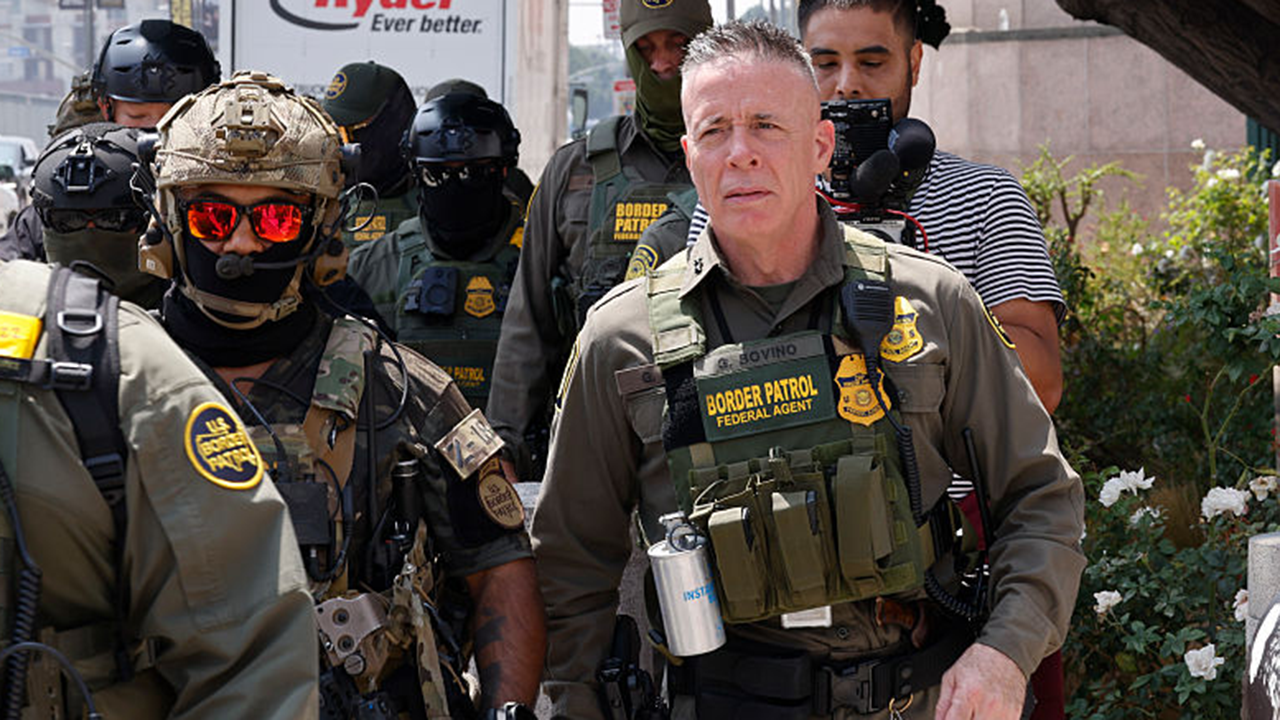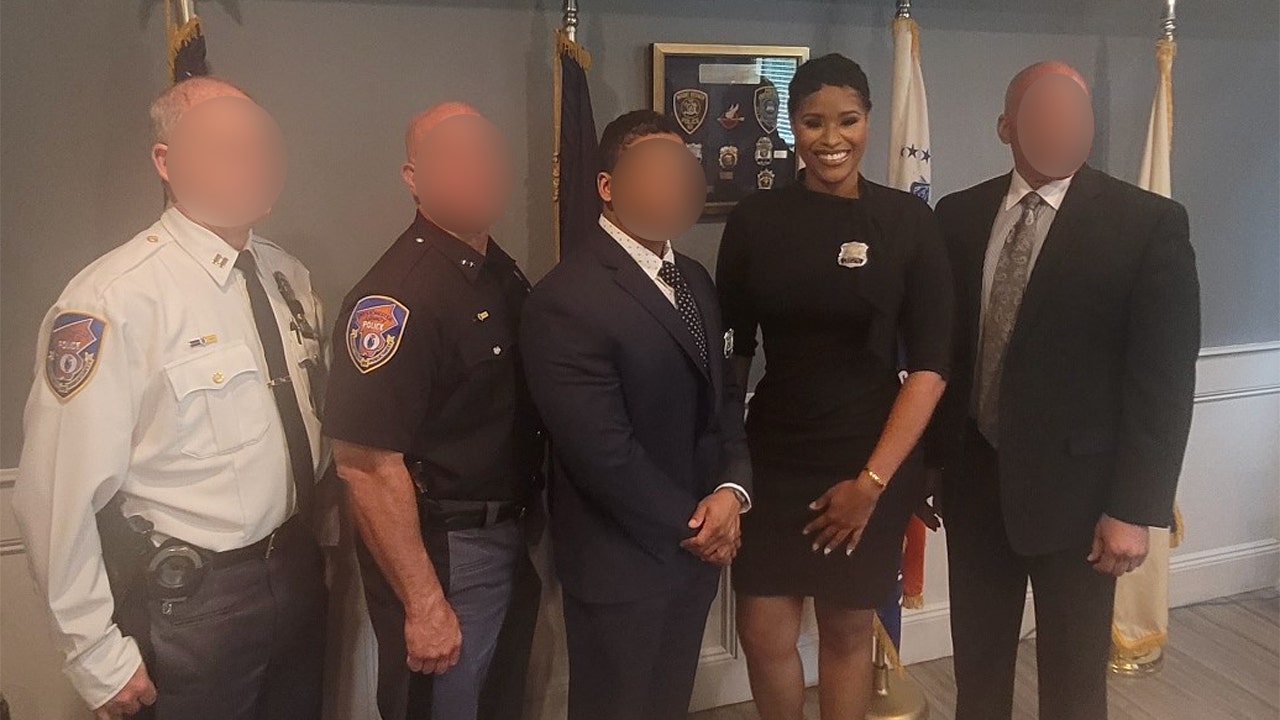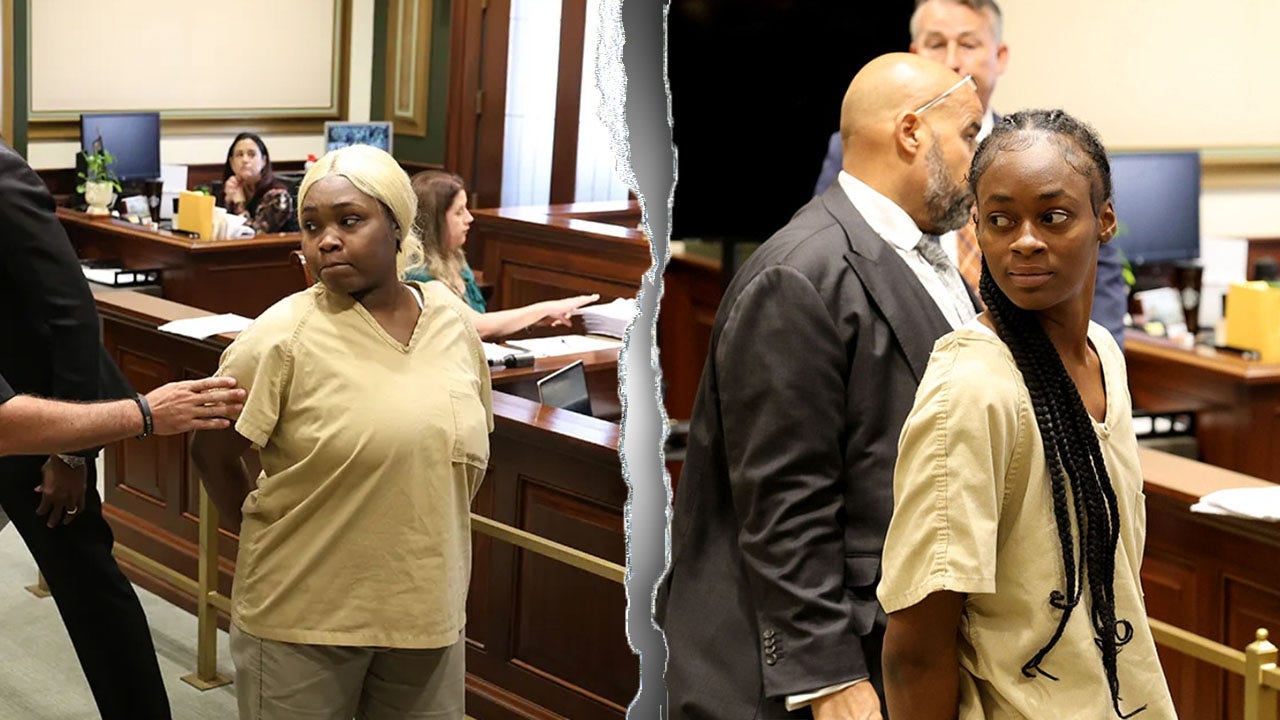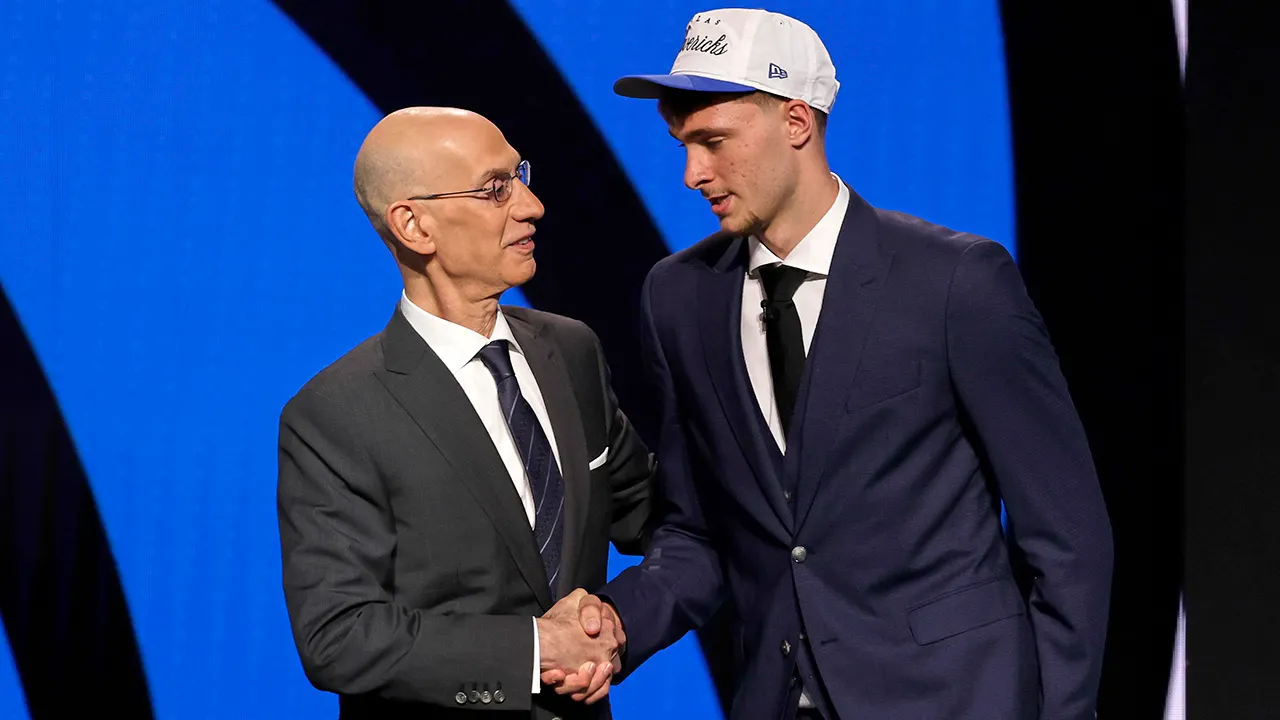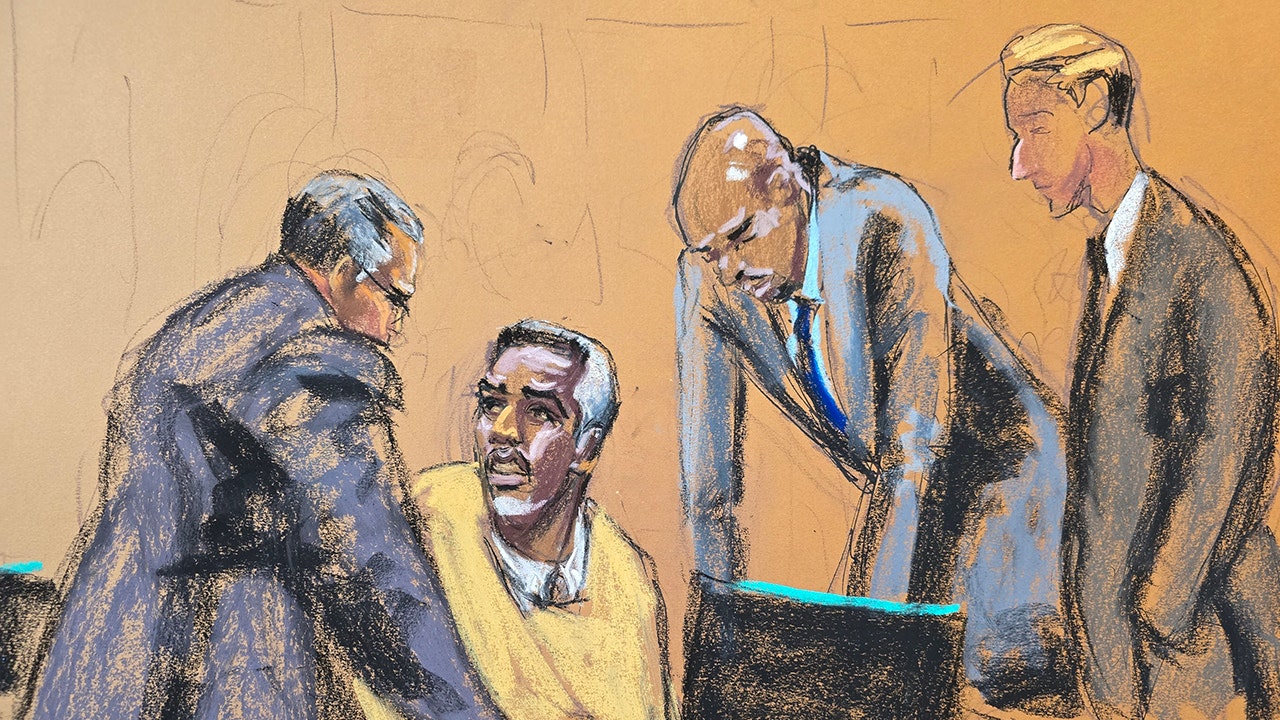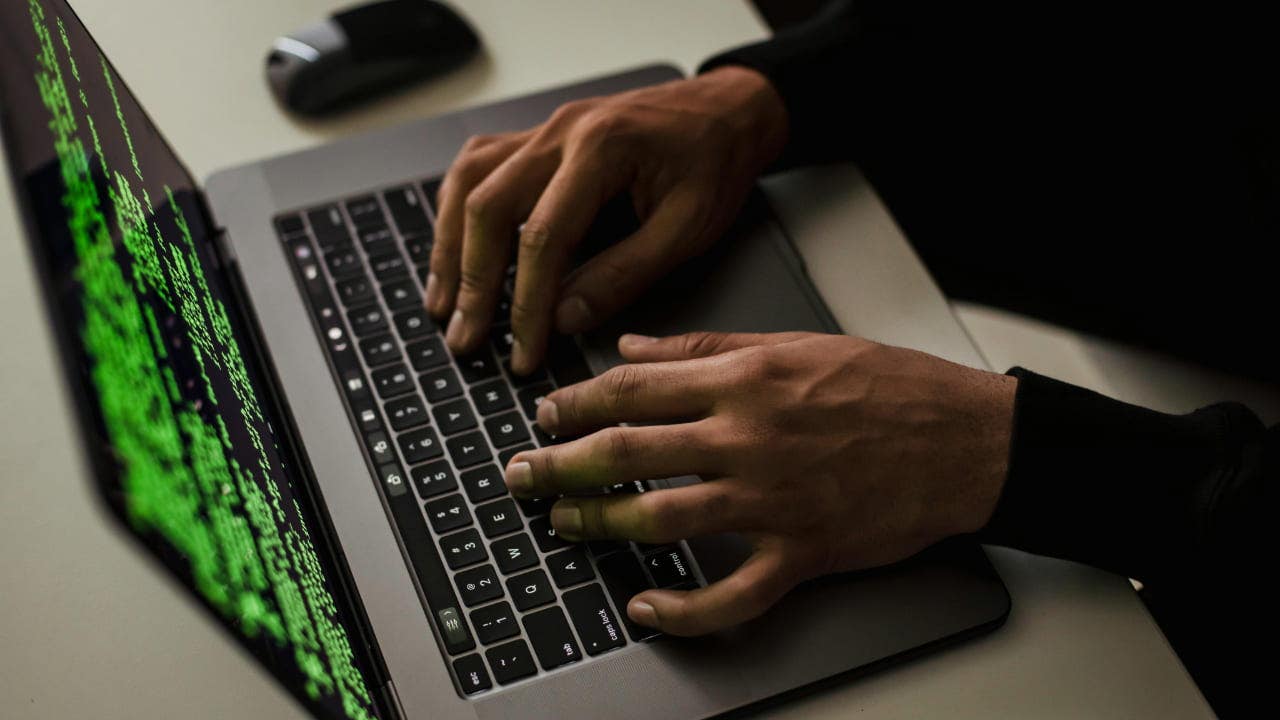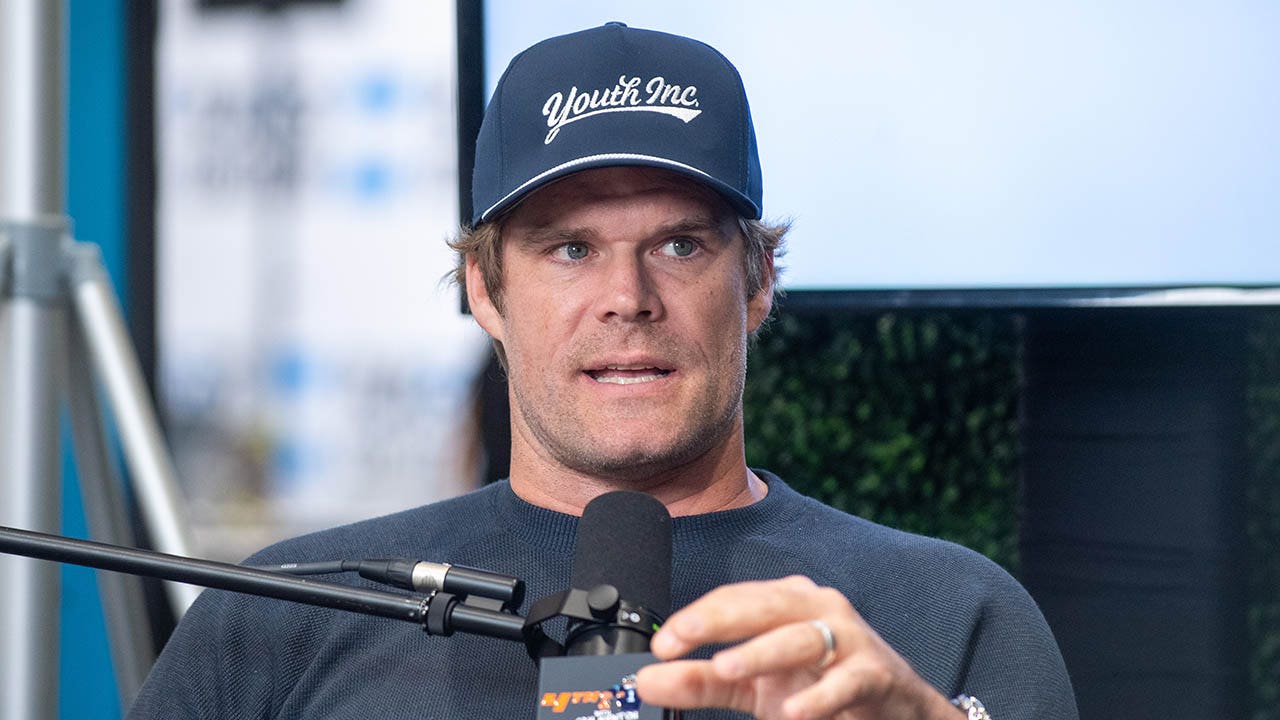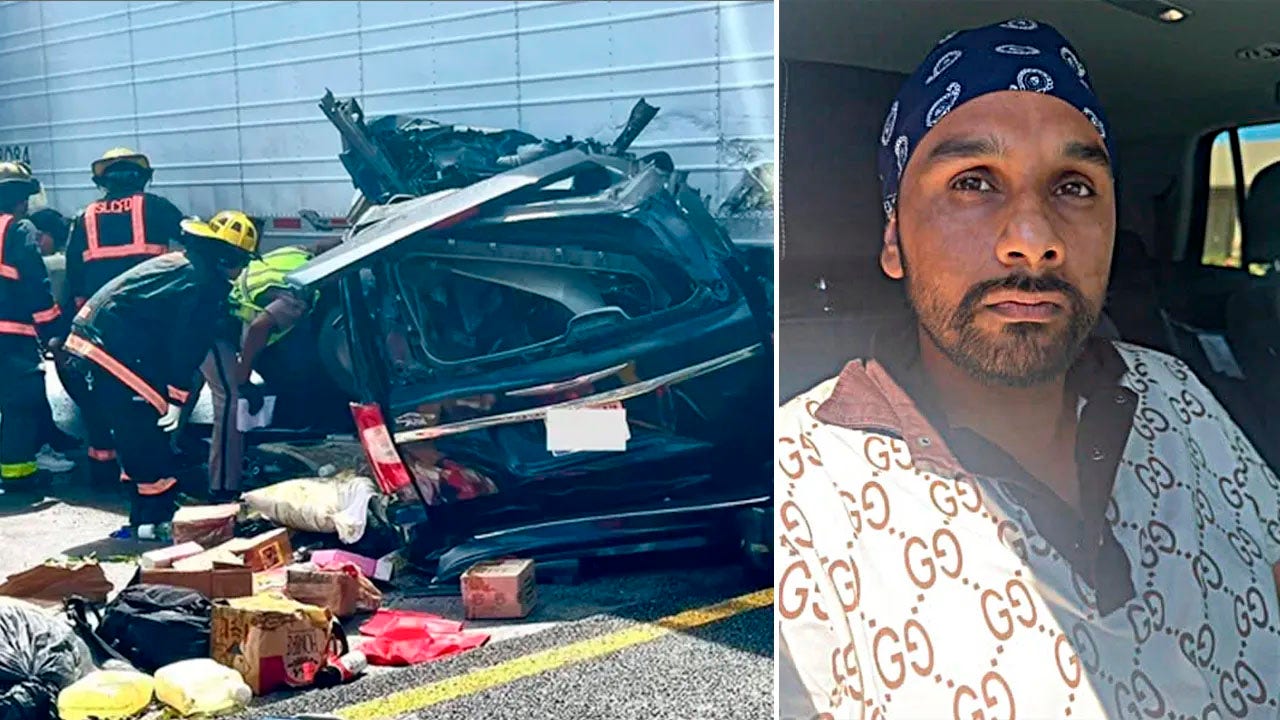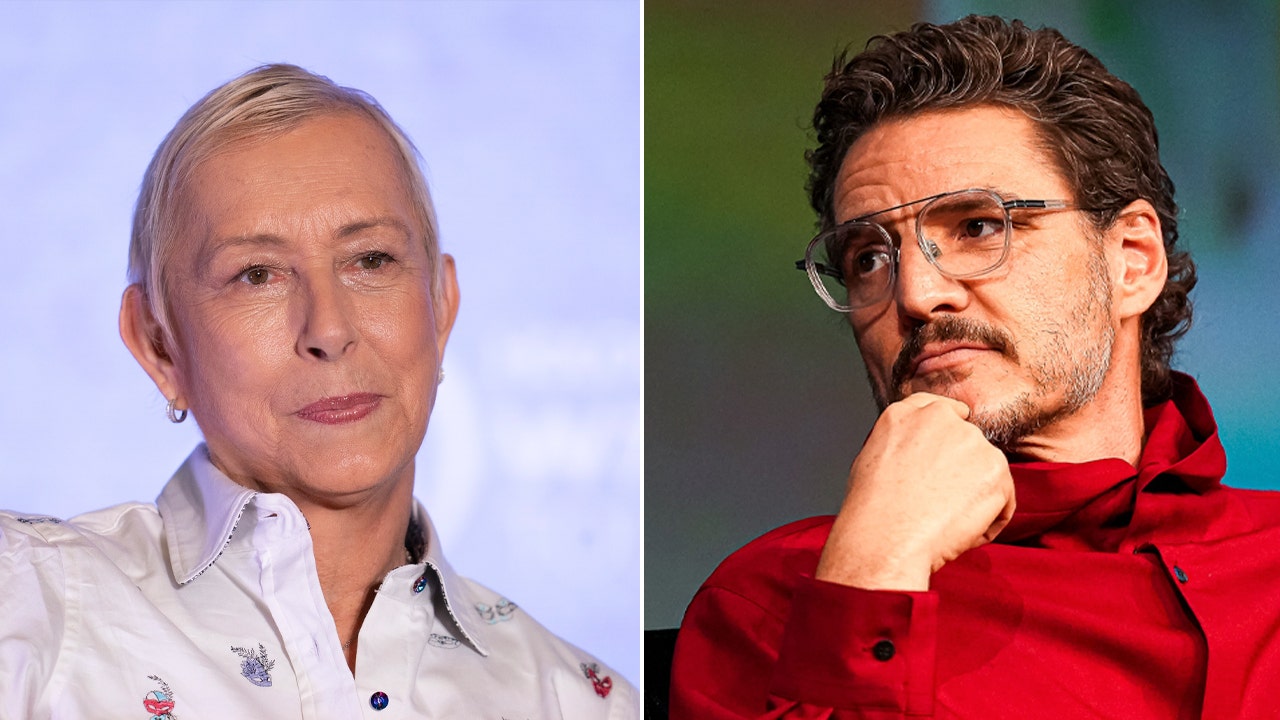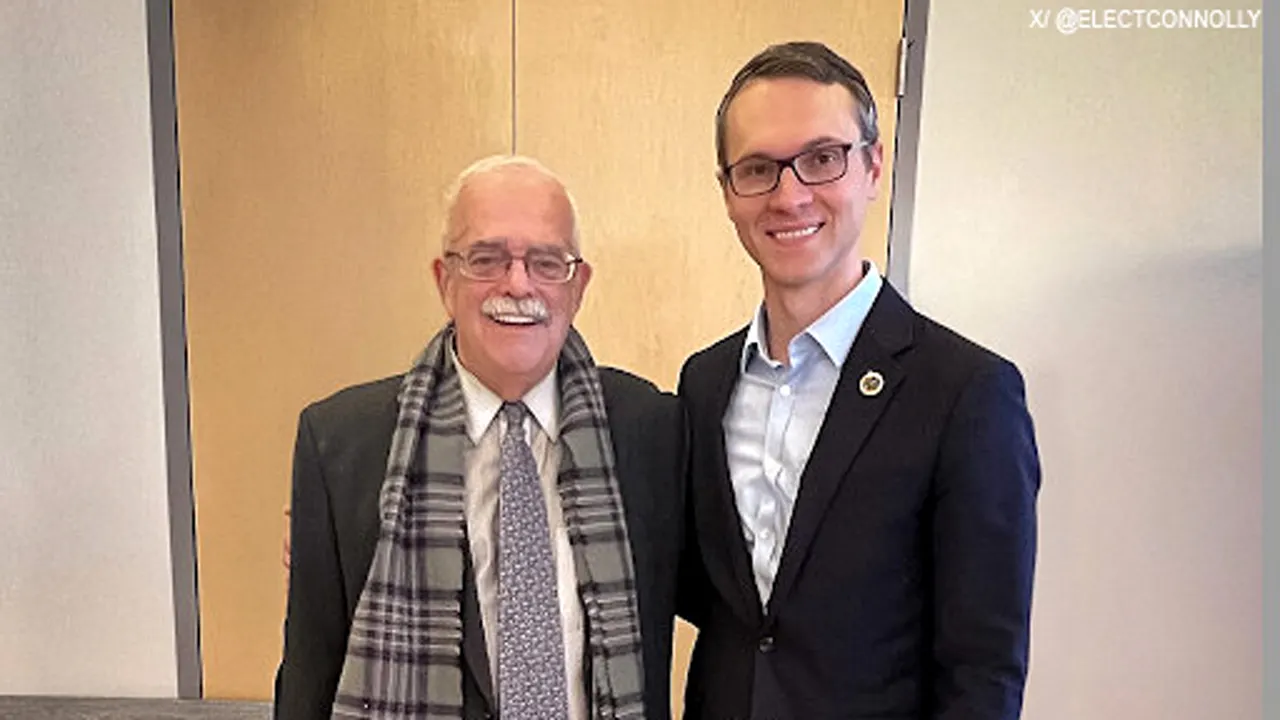NEWYou can now listen to Fox News articles!
After six weeks of walking from New York City on my Walk Across America, I’ve arrived in Baltimore. This city is one of contrasts. On one side, you have the beautiful Inner Harbor with its shops and eateries; on the other, the rowhouses of Sandtown-Winchester and the public housing towers of East Baltimore.
The same despair I fight on the South Side of Chicago is found here — families trapped by a system that profits from their pain. Walk these streets, and it’s clear somebody’s getting rich off the poor. There are plenty of grants, programs and press conferences to go around. But where is the transformation? I didn’t see much.
When the system thrives and profits off brokenness, who’s truly there for those caught in it? This is how the poverty industrial complex works, and it’s time we dismantled it, so individuals can climb the ladders of opportunity.
The numbers indict us all. Baltimore's poverty rate clung to 20.2% in 2023—more than double Maryland's 9.5%, according to the U.S. Census. It has barely dipped from 24.3% in 2010. Child poverty for ages 6 to 17 hit 28% last year.
Yet the money keeps pouring in.
MacKenzie Scott gave $10 million to five nonprofits. The Baltimore Children and Youth Fund stewards $15 million to $20 million annually and redistributes millions to more than 100 nonprofits. The Goldseker Foundation granted roughly $10 million to $15 million last year. The Harry and Jeanette Weinberg Foundation doles out up to $10 million yearly to dozens of small nonprofits serving low-income families. The Abell Foundation funds rolling small grants up to $10,000. The Baltimore Community Foundation manages $3 million in annual scholarships.
This doesn’t even account for Baltimore’s oversized piece of the government pie — from Medicaid to HUD — driven by its high poverty rate.
But where is the fruit? In 2018, auditors reportedly caught city officials losing track of millions and, in one instance, forced them to repay HUD $3.7 million after anti-poverty groups couldn’t account for spending. In 2025, TIME Organization Inc.— Maryland's largest nonprofit for mental health and homeless services —faces inspector general probes for financial irregularities and potential fines. Too often, these anti-poverty funds fuel overhead — from salaries and admin to galas — while what finally reaches the poor are crumbs.
I’m in the same struggle in Chicago, and I’ve seen what works. It’s not magic. Job training yields careers. Faith-based mentorship builds dignity over dependency. Right now, too much money ends up in the wrong pockets.
If poverty is the trap, then Baltimore's schools are the lock. They say the system’s broken, but I don’t think so. They’ve had years to fix what’s broken. Instead, I believe the sorry state of education here is by design. They’re delivering failure, cycles and despair. I’ve paused before schools with abysmal rankings and prayed with parents begging for escape.
Our children aren’t data points on someone’s graph — they’re individuals being robbed of their educational birthright as American citizens.
We need new leadership that gives families the freedom to choose the best school for their children. Only the best schools should exist.
The data is heartbreaking. On the 2025 MCAP tests, Baltimore City math proficiency was 12.6% — up from 10.2% in 2024. It ranked second-worst in Maryland, compared with the statewide 26.5 percent. NAEP scores for fourth-graders averaged 209 in math, up from 201 in 2022 but down from 222 in 2009.
CLICK HERE FOR MORE FOX NEWS OPINION
Even worse, 23 city high schools — nearly three-quarters — had zero students proficient in math. At Patterson High, 77% read at elementary levels and 71% do math at kindergarten levels. Maryland's $2 billion Blueprint for the Future boost since 2022 raised K-12 spending to $14.3 billion—a 16% increase—for a meager 1% graduation bump. Baltimore spends more than $21,000 per pupil, yet its outcomes remain dead last statewide.
There’s been a monopoly over the schools due to the teachers union and other colluding forces. But signs of hope exist—and they come largely from school choice. Maryland's BOOST vouchers aided 3,000 low-income students in 2024-25 with $9 million, sending them to accountable charters or private schools. Baltimore hosts 31 of the state’s 49 charters, which boast better attendance and test scores. Nationally, choice lifts disadvantaged students 10% to 20% in reading and math, spurring competition.
But as I said, the system wants failure to continue in an endless cycle. The governor of Maryland sought to eliminate BOOST in 2023, but lawmakers barely saved it.
Problems persist. The Right to Learn Act, aimed at helping kids in one-star schools — about 60% of Baltimore students — has never taken off, strangled by those who profit from failure. Yet 74% of Marylanders favor school choice.
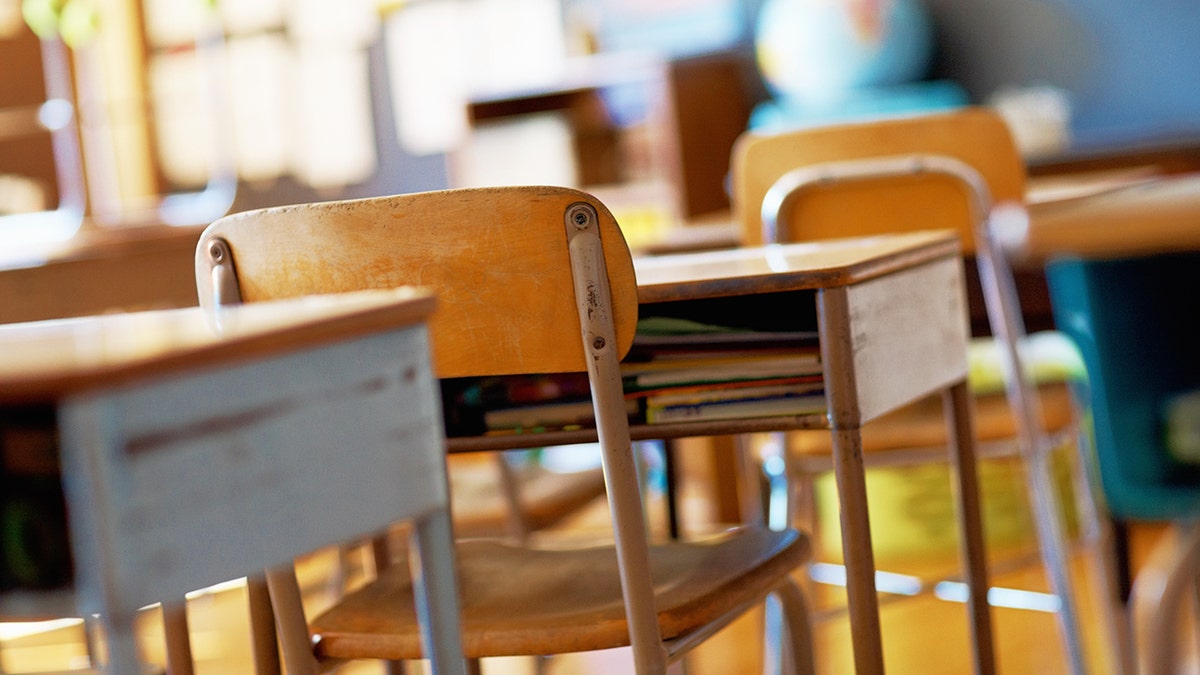
The Right to Learn Act, aimed at helping kids in one-star schools — about 60% of Baltimore students — has never taken off, strangled by those who profit from failure. Yet 74% of Marylanders favor school choice. (istock)
As I walked on, I met even more families pleading for a way out of this educational prison. They told me, "Give us options, Pastor." One put it best: "We don’t want prisons of poor performance."
We need to pair choice with values in every part of society. We need nothing short of a reformation in how we treat poverty and educate our kids. We must start by dismantling the poverty machine to unleash opportunity.
CLICK HERE TO GET THE FOX NEWS APP
Our children aren’t data points on someone’s graph — they’re individuals being robbed of their educational birthright as American citizens.
What I’m proposing isn’t magic but American values. We know the solutions that have worked for countless others — and they’ll work here. We just need to remove the enemies of those values and restore merit, faith and opportunity to the city’s core.
That’s the American way reborn.
CLICK HERE TO READ MORE FROM PASTOR COREY BROOKS
Pastor Corey Brooks, known as the "Rooftop Pastor," is the founder and Senior Pastor of New Beginnings Church of Chicago and the CEO of Project H.O.O.D. (Helping Others Obtain Destiny), the church's local mission. He gained national attention for his 94-day and 343-day rooftop vigils to transform the notorious "O-Block," once known as Chicago's most dangerous block, into #OpportunityBlock. Learn more at ProjectHOOD.org.

 4 hours ago
4
4 hours ago
4
